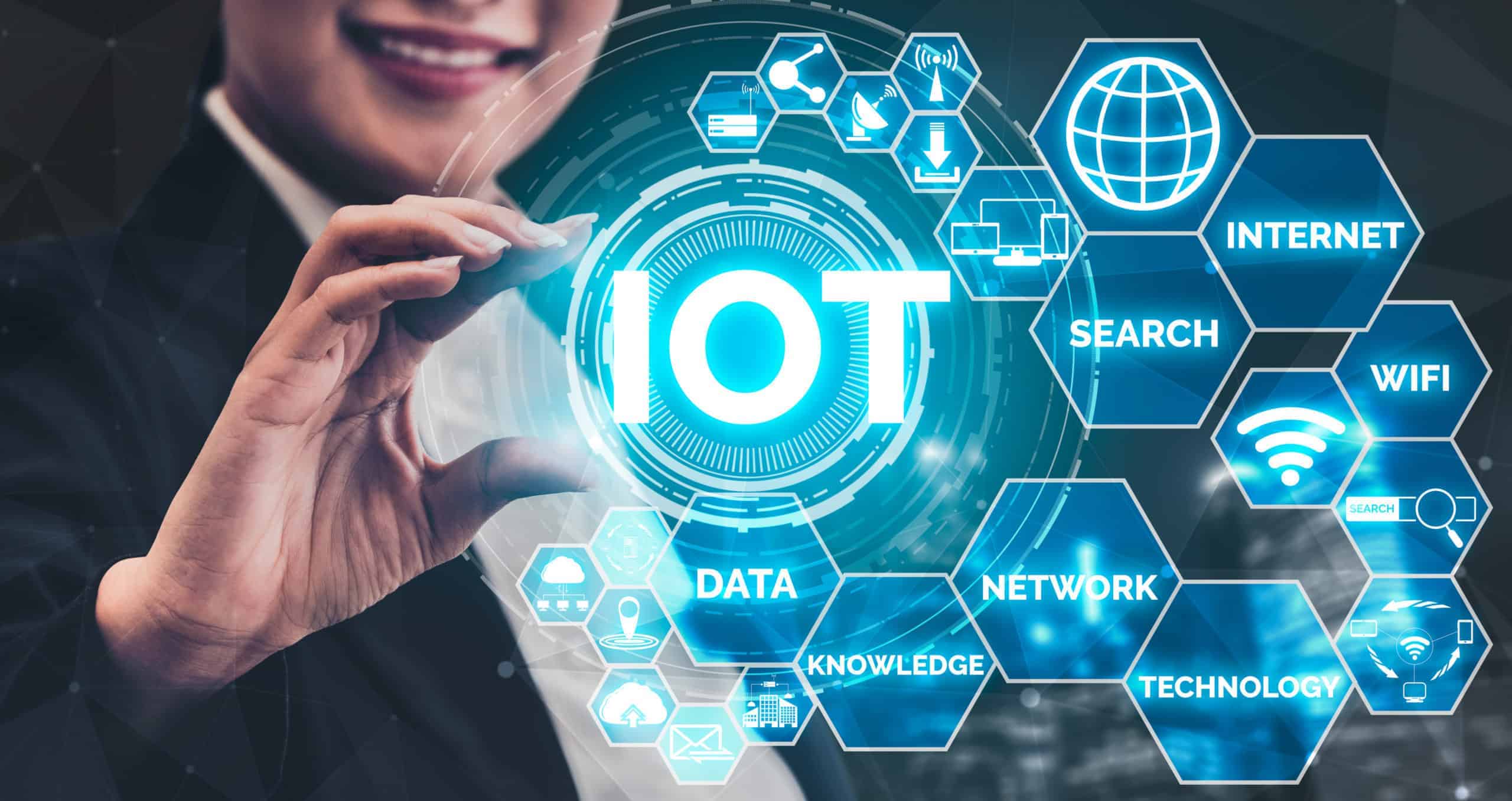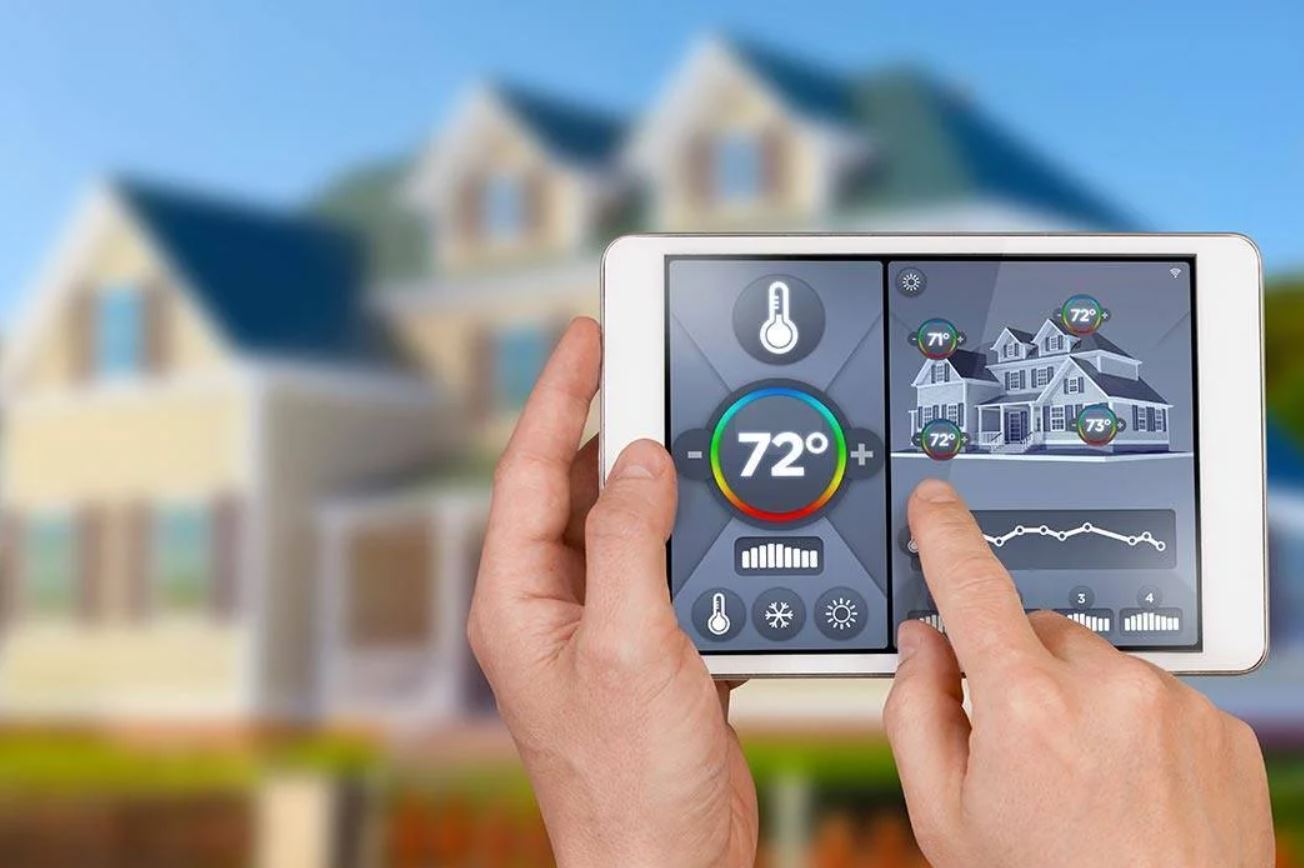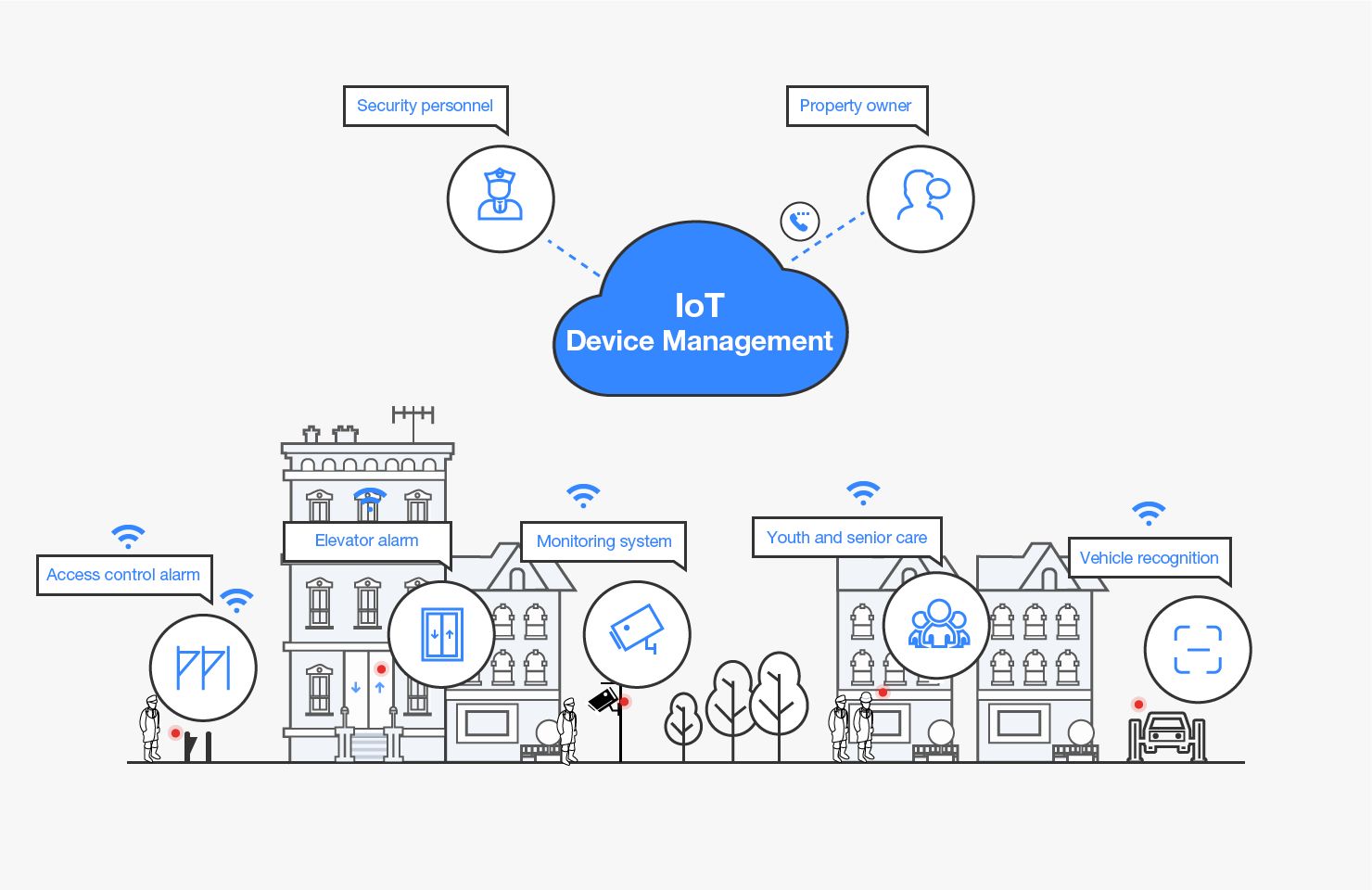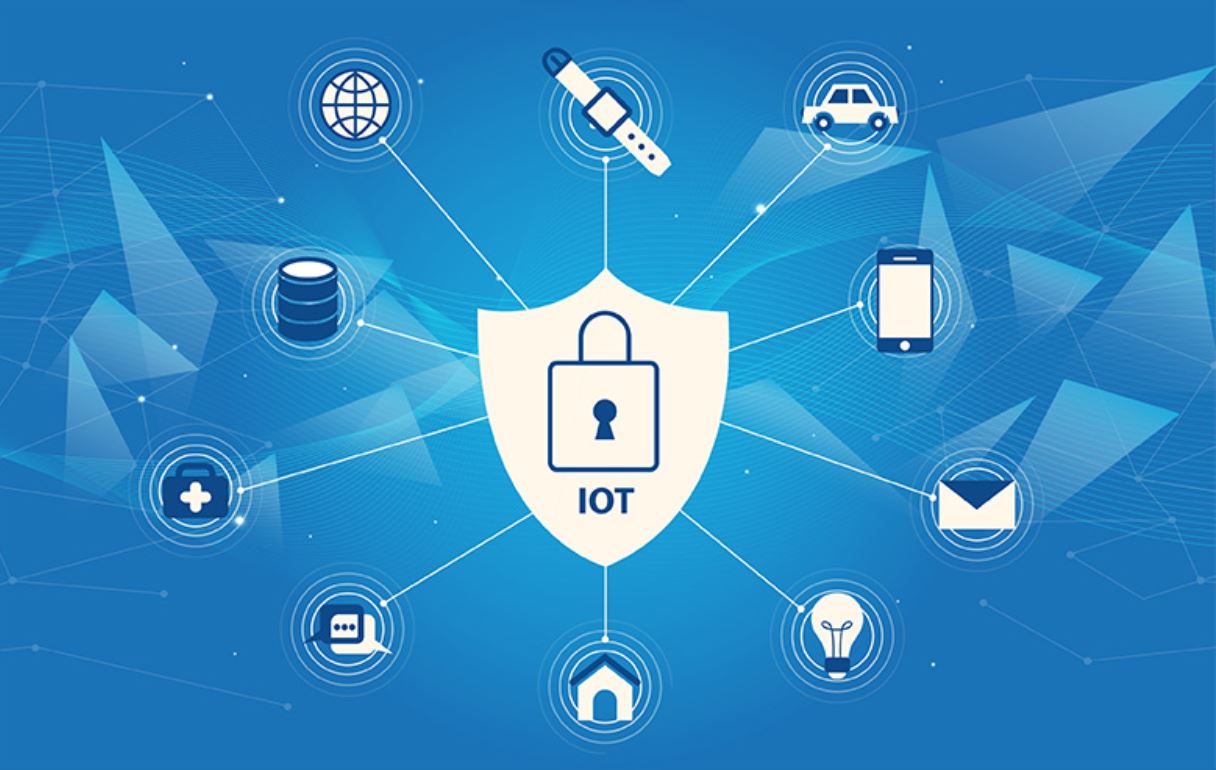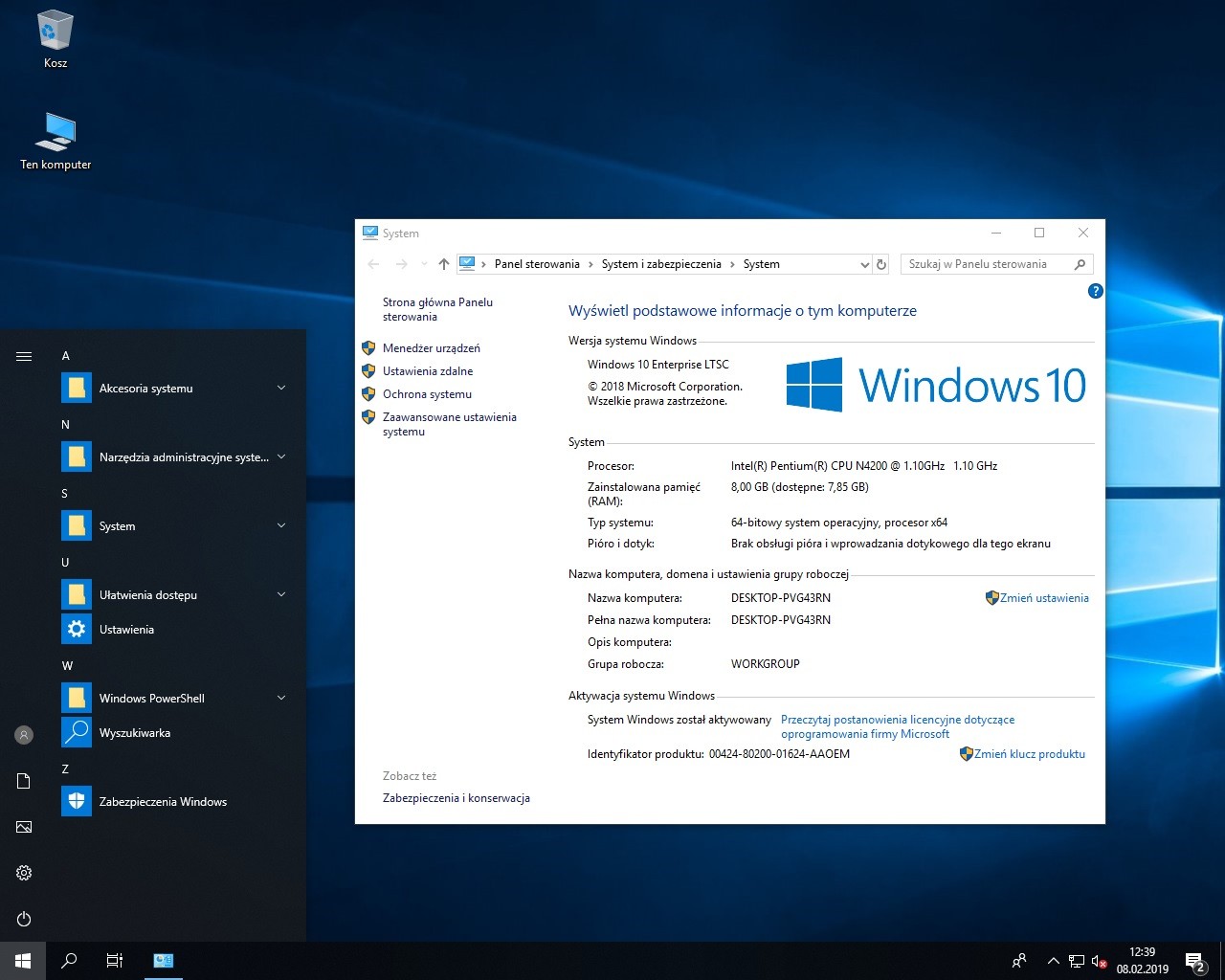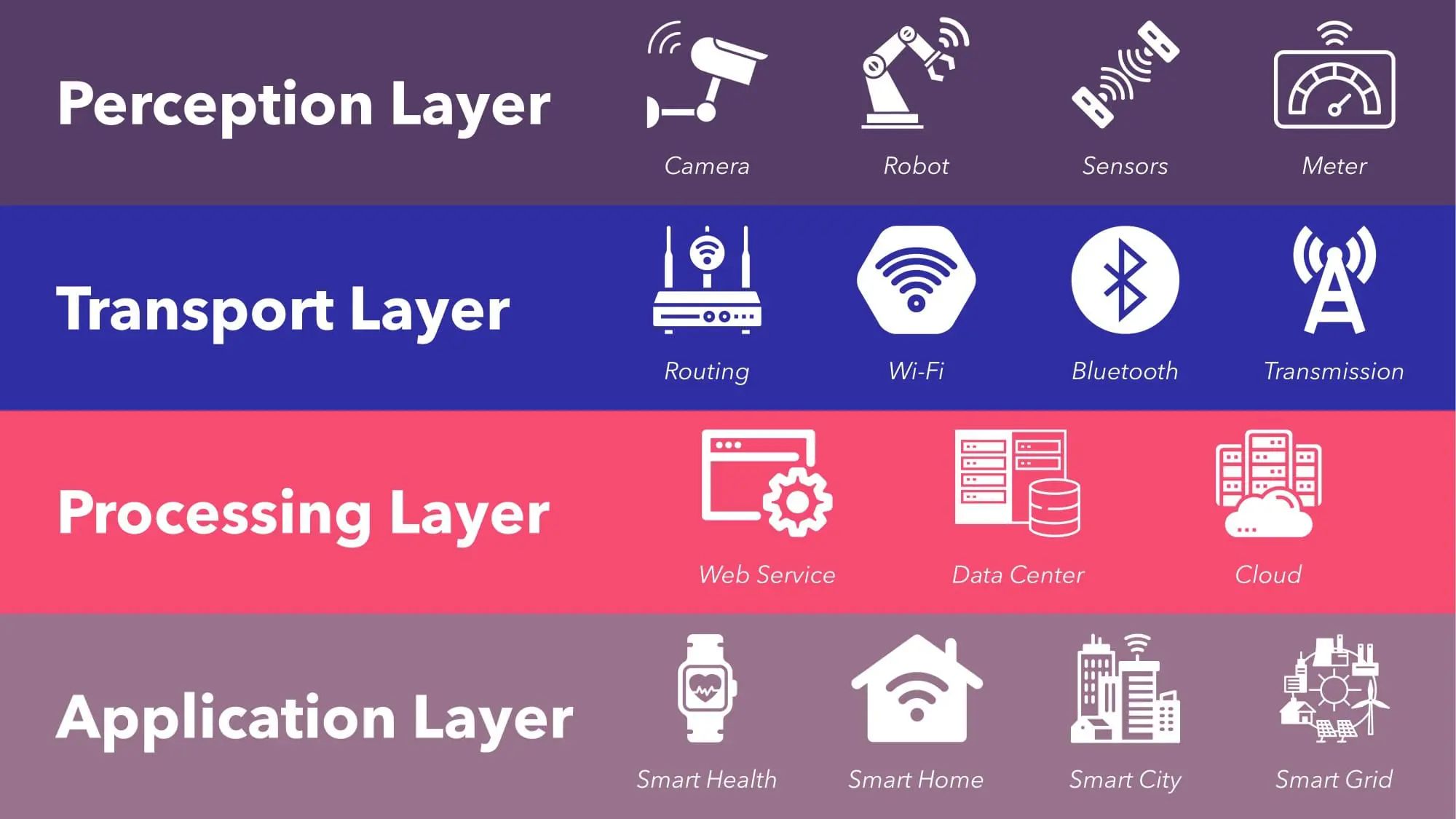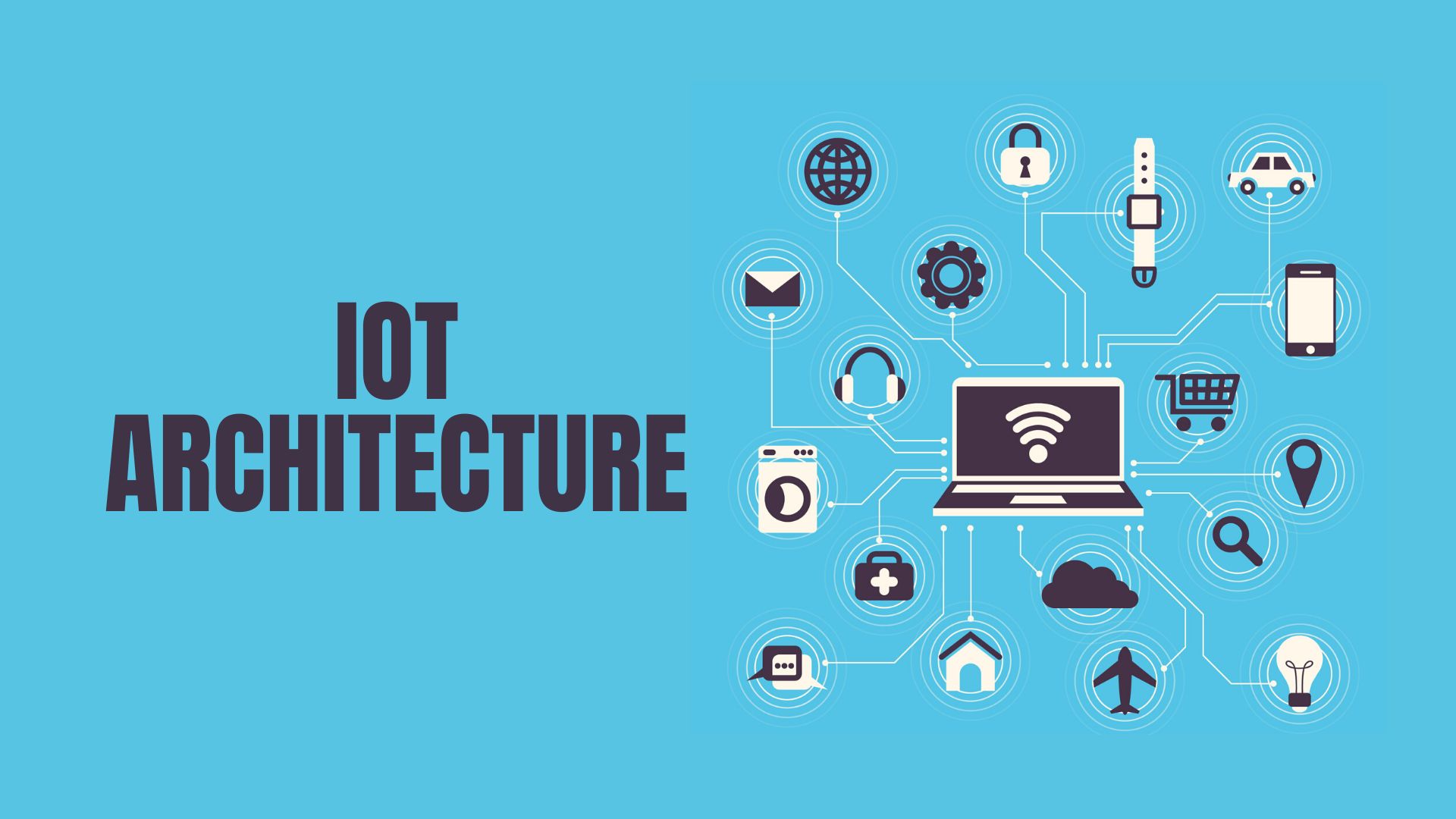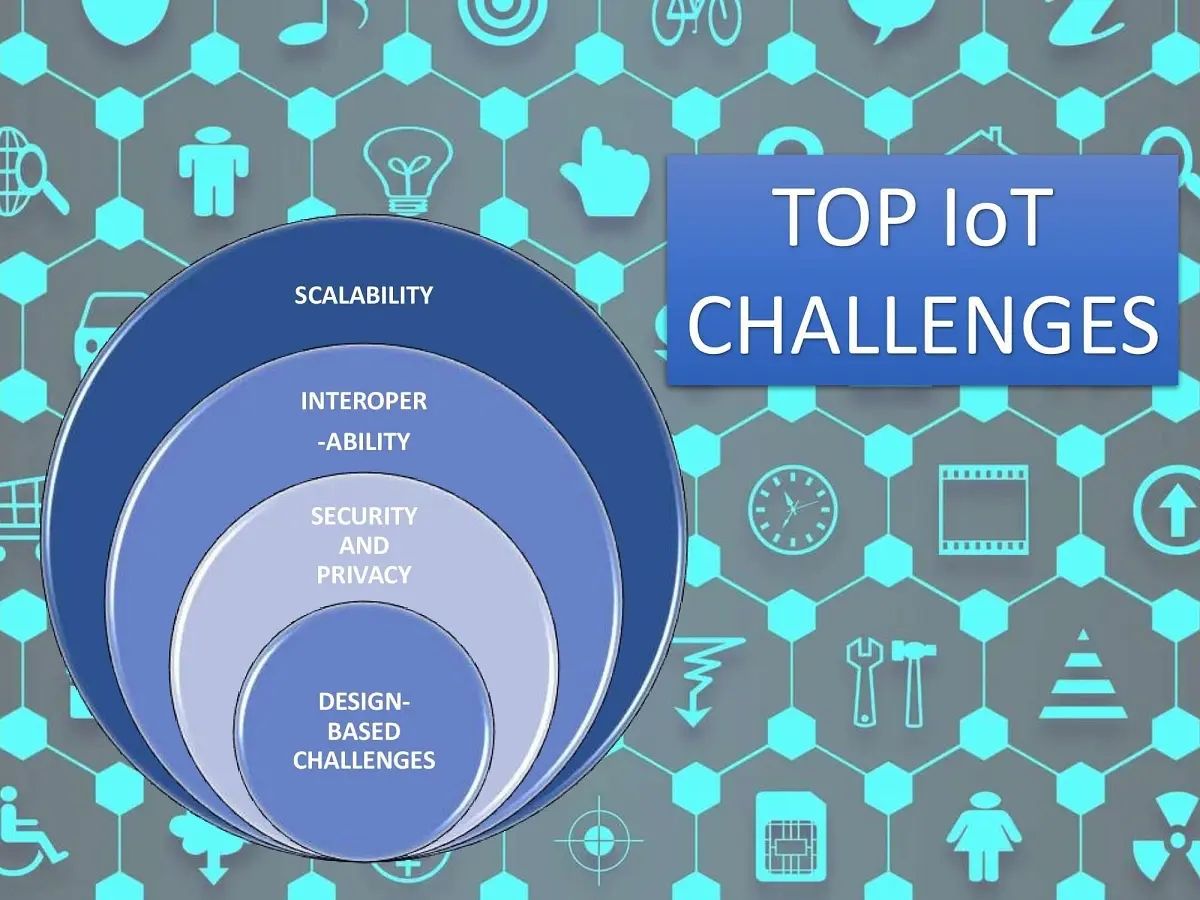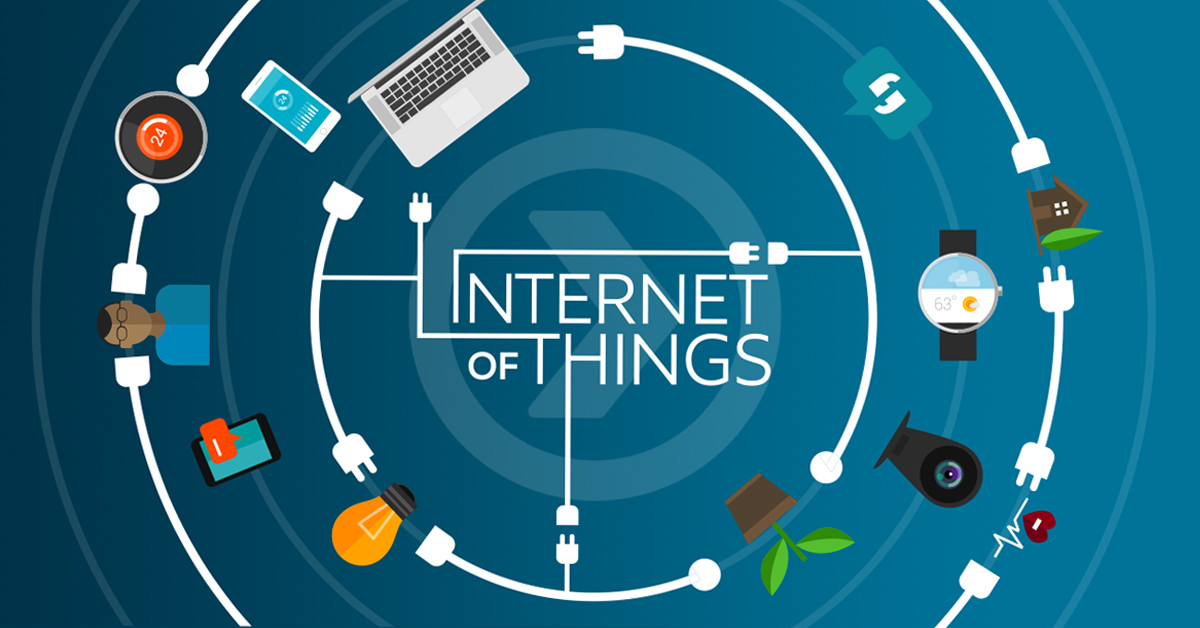Introduction
Welcome to the world of the Internet of Things (IoT), where the digital realm intersects with the physical world in exciting and innovative ways. The IoT is a vast network of interconnected devices, sensors, and systems that communicate with each other, collect and share data, and work together to streamline processes, improve efficiency, and enhance our daily lives. At the heart of this interconnected network lies the concept of an IoT ecosystem.
The IoT ecosystem is comprised of various components, ranging from devices and sensors to networks and software platforms. These components work together to create a seamless flow of information and enable the exchange of data between connected devices. By harnessing the power of this interconnected network, businesses, industries, and even individuals can unlock a plethora of benefits and possibilities.
In this article, we will explore the concept of an IoT ecosystem, understand its components, and delve into how it works. We will also discuss the benefits of IoT ecosystems, the challenges in building and managing them, and examine successful examples of IoT ecosystems in action.
So, fasten your seatbelts as we embark on a journey to uncover the fascinating world of IoT ecosystems and discover how they are shaping the future of technology.
Definition of IoT Ecosystem
An IoT ecosystem refers to the interconnected network of devices, systems, and technologies that collaborate to enable the seamless exchange of data and information. It is a complex web of physical and virtual components working together to create a unified ecosystem that drives automation, efficiency, and innovation.
In simpler terms, think of an IoT ecosystem as a digital ecosystem where smart devices, sensors, and software platforms interact and communicate with each other to enable automation, data analysis, and intelligent decision-making.
The ecosystem comprises various elements, such as:
- Devices and Sensors: These are the physical components that collect and transmit data. Examples include smart sensors, wearables, connected appliances, and industrial machinery.
- Connectivity: IoT devices rely on different connectivity options, such as Wi-Fi, cellular networks, Bluetooth, or even satellite connections, to enable seamless communication.
- Cloud Infrastructure: The cloud acts as the central hub where data from devices is stored, analyzed, and processed. It provides the computing power and storage needed to manage the vast amounts of data generated by IoT devices.
- Software Platforms: These platforms facilitate the management and control of IoT devices, data analytics, and application development. They often include features like remote monitoring, data visualization, and device management.
- Applications and Services: IoT ecosystems enable the development of innovative applications and services that leverage the power of connected devices. These can range from smart home automation systems to industrial monitoring and control solutions.
The key aspect of an IoT ecosystem is the interconnectivity and interoperability of its components. For the ecosystem to function effectively, devices need to communicate seamlessly, share data, and work together to achieve common goals. This collaboration enables automation, real-time data analysis, and intelligent decision-making, leading to increased productivity, efficiency, and improved user experiences.
Now that we have a clear understanding of what an IoT ecosystem entails, let’s delve into its various components and understand how they work together.
Components of an IoT Ecosystem
An IoT ecosystem is composed of several key components that work collectively to enable the seamless flow of data and information. Let’s explore these essential components:
- Devices and Sensors: At the core of any IoT ecosystem are the devices and sensors that collect and transmit data. These can range from simple sensors like temperature and humidity sensors to complex devices such as smartwatches, industrial sensors, and autonomous vehicles. These devices gather data from the physical world and transmit it to the cloud or other connected devices for processing and analysis.
- Connectivity: For an IoT ecosystem to function effectively, there needs to be a reliable and robust connectivity infrastructure. This can include various options like Wi-Fi, Bluetooth, cellular networks, or even satellite connections. The choice of connectivity depends on the use case, location, and scalability requirements of the IoT deployment. The connectivity allows devices to communicate with each other and transmit data in real-time.
- Cloud Infrastructure: The cloud acts as the backbone of an IoT ecosystem. It provides the necessary storage, computing power, and scalability to handle the massive volumes of data generated by IoT devices. The cloud also enables real-time data analytics, machine learning, and AI algorithms to extract valuable insights from the collected data. Additionally, it offers a secure and centralized platform for managing and monitoring connected devices.
- Software Platforms: IoT software platforms play a crucial role in managing and orchestrating the devices and data within an ecosystem. These platforms provide functionalities like device management, data visualization, remote monitoring, and analytics. They also facilitate the development of applications and services on top of the IoT infrastructure, allowing businesses and developers to create innovative solutions that leverage the power of connected devices.
- Edge Computing: As the IoT ecosystem grows, it becomes impractical to rely solely on cloud-based processing and analysis. Edge computing aims to address this challenge by bringing processing and storage capabilities closer to the devices themselves. Edge devices, or gateways, can process and filter data locally, reducing latency and enhancing real-time decision-making. This distributed approach also reduces the load on the cloud infrastructure and can be particularly beneficial in situations where real-time responses are critical.
- Security and Privacy: With the proliferation of connected devices, ensuring the security and privacy of data remains a significant concern. IoT ecosystems must incorporate robust security measures to protect devices and data from potential threats. This includes implementing encryption protocols, authentication mechanisms, and secure communication channels. Privacy considerations are also essential, as sensitive data is often collected and transmitted within these ecosystems.
By incorporating these fundamental components, an IoT ecosystem creates a connected infrastructure that allows devices, systems, and software to work collaboratively and efficiently. The next section will delve into how these components interact and work together to enable the functioning of an IoT ecosystem.
How Does an IoT Ecosystem Work?
An IoT ecosystem functions through the seamless collaboration of its various components to enable the flow of data and enable intelligent decision-making. Let’s explore the working of an IoT ecosystem:
1. Data Collection: The process begins with the collection of data from devices and sensors within the ecosystem. These devices gather information from the surrounding environment, such as temperature, humidity, location, or user input. The collected data is then transmitted to the cloud or local edge devices for further processing and analysis.
2. Data Transmission: The collected data is transmitted securely across the connectivity infrastructure within the IoT ecosystem. This can be done through various communication protocols, such as Wi-Fi, Bluetooth, or cellular networks, depending on the devices’ capabilities. The data is sent to the designated destination, either the cloud or edge devices, for further processing.
3. Data Processing and Analysis: Upon receiving the data, the cloud or edge computing devices perform data processing, analysis, and storage. This may involve applying machine learning algorithms, artificial intelligence, or other analytical techniques to extract valuable insights from the data. Real-time analytics can enable immediate decision-making, while historical data analysis can identify trends and patterns for future optimizations.
4. Action and Automation: Based on the insights derived from the data analysis, IoT ecosystems can initiate actions or trigger events in response to specific conditions or thresholds. These actions can be in the form of automated processes, control of devices, or generating alerts and notifications. For example, in a smart home ecosystem, the lights can automatically turn on when a person enters a room or the thermostat can adjust the temperature based on occupancy and weather conditions.
5. User Interaction and Feedback: IoT ecosystems often incorporate user interfaces or applications that allow users to interact with the connected devices and access real-time information. Through these interfaces, users can monitor and control their devices, set preferences, and receive feedback or notifications. This user involvement is crucial in providing personalized experiences and improving the usability and efficiency of the ecosystem.
6. Data Security and Privacy: A vital aspect of any IoT ecosystem is ensuring the security and privacy of the collected data. Robust security measures, such as encryption, user authentication, and access control protocols, are implemented to protect sensitive information from unauthorized access or breaches. Privacy considerations, such as data anonymization and user consent, are also addressed to safeguard user privacy rights.
By orchestrating these processes and components, an IoT ecosystem creates an intelligent network that enables automation, data-driven decision-making, and enhanced user experiences. The next section will explore the benefits that IoT ecosystems offer across various domains.
Benefits of IoT Ecosystems
IoT ecosystems offer a wide range of benefits across various domains, revolutionizing industries and enhancing our everyday lives. Let’s delve into some of the key advantages:
1. Enhanced Efficiency and Productivity: IoT ecosystems enable automation and optimization of processes, leading to improved efficiency and productivity. Connected devices and sensors can monitor and control operations in real-time, reducing manual intervention, minimizing errors, and streamlining workflows. This increased efficiency translates into cost savings and better resource allocation.
2. Improved Decision-Making: With the ability to collect, analyze, and process vast amounts of data, IoT ecosystems provide valuable insights that enable informed decision-making. Real-time data and analytics empower businesses and individuals to make data-driven decisions, identify patterns, predict trends, and respond proactively to changing conditions.
3. Cost Savings: IoT ecosystems can help organizations reduce costs in various ways. By optimizing resource allocation, predicting maintenance needs, and improving energy efficiency, businesses can cut down on operational expenses. They can also minimize downtime and avoid costly repairs by implementing proactive maintenance based on real-time data from connected devices.
4. Enhanced Safety and Security: IoT ecosystems contribute to enhanced safety and security in various domains. In industries such as manufacturing, healthcare, and transportation, connected devices can monitor safety parameters, detect anomalies, and alert personnel in case of emergencies. They also enable remote monitoring and surveillance, making it easier to ensure the safety of assets, individuals, and environments.
5. Improved Customer Experience: IoT ecosystems have the potential to transform customer experiences by providing personalized and tailored services. By leveraging data collected from connected devices, businesses can offer customized recommendations, anticipate customer needs, and provide real-time assistance. This level of personalization enhances customer satisfaction and loyalty.
6. Sustainable Practices: IoT ecosystems contribute to sustainable practices and environmental conservation. By optimizing energy consumption, reducing waste, and enabling smarter resource management, these ecosystems promote sustainability. For example, smart grid systems can monitor energy usage and adjust consumption to reduce carbon footprint.
7. Innovation and New Business Opportunities: IoT ecosystems create a fertile ground for innovation, spawning new business models and opportunities. By connecting devices and systems, entrepreneurs and developers can create innovative products and services that leverage the power of IoT. This opens up new revenue streams and expands markets across multiple industries.
These are just a few examples of the benefits that IoT ecosystems bring to the table. With the continued advancement of technology and the increasing adoption of IoT, the potential benefits are expected to expand even further, transforming the way we live, work, and interact with the world around us.
Challenges in Building and Managing IoT Ecosystems
While IoT ecosystems offer numerous benefits, they also come with their fair share of challenges. Building and managing these complex interconnected networks entails overcoming several hurdles. Let’s explore some of the key challenges:
1. Interoperability: IoT devices often come from different manufacturers and may operate on various communication protocols, making interoperability a significant challenge. Ensuring seamless communication and compatibility between devices and platforms is crucial to enable data exchange and collaboration within the ecosystem.
2. Scalability: IoT ecosystems are designed to accommodate a large number of interconnected devices. As the number of devices within the ecosystem increases, scalability becomes a critical concern. Managing and maintaining a scalable infrastructure that can handle the growing volume of data and the increasing number of connections is a complex task.
3. Security and Privacy: Protecting IoT ecosystems from potential cyber threats is of utmost importance. With a vast number of connected devices, ensuring data security and privacy becomes challenging. Implementing robust security measures to prevent unauthorized access, data breaches, and privacy violations is essential to maintain the integrity of the ecosystem.
4. Data Management: IoT ecosystems generate massive amounts of data. Collecting, storing, processing, and analyzing this data in a timely and efficient manner poses a significant challenge. Proper data management strategies, including data governance, data storage solutions, and effective data analysis tools, are crucial to derive meaningful insights from the vast amounts of data generated.
5. Complexity: IoT ecosystems involve numerous components and technologies, making them inherently complex. Building and managing these heterogeneous systems require expertise across various domains, including hardware, software, networking, and data analytics. Coordinating and integrating these components seamlessly can be a daunting task.
6. Standardization: The lack of standardized protocols and frameworks poses challenges to widespread adoption and interoperability of IoT ecosystems. Ensuring compatibility across different devices and platforms becomes complex when there are no universally accepted standards in place. Standardization efforts are crucial to creating a unified ecosystem that fosters collaboration and innovation.
7. Cost: Building and maintaining IoT ecosystems can involve significant upfront costs. The expenses associated with deploying and managing a wide array of devices, the infrastructure required to support connectivity and data processing, and the expertise needed to integrate and optimize the ecosystem can be a barrier for some organizations.
Addressing these challenges requires careful planning, collaboration, and investment. As the IoT ecosystem continues to evolve, industry stakeholders are working towards developing standards, improving security measures, and enhancing interoperability to overcome these obstacles and unlock the full potential of IoT.
Examples of Successful IoT Ecosystems
Several IoT ecosystems have emerged as successful examples, transforming industries and revolutionizing the way we live. Let’s explore a few notable examples:
1. Smart Home Ecosystems: Smart home ecosystems bring automation and connectivity to residential properties. Companies like Amazon, Google, and Apple offer comprehensive ecosystems that integrate various smart devices, such as smart speakers, thermostats, lighting systems, security cameras, and appliances. These ecosystems enable users to control and manage their homes through voice commands, smartphone apps, or centralized hubs.
2. Industrial IoT (IIoT) Ecosystems: IIoT ecosystems optimize industrial processes and enhance productivity across sectors like manufacturing, logistics, and energy. For instance, General Electric’s Predix platform is a robust IIoT ecosystem that collects data from sensors embedded in industrial machinery, enabling predictive maintenance, optimizing energy consumption, and improving operational efficiency.
3. Smart City Ecosystems: Smart city initiatives leverage IoT technologies to create connected and sustainable urban environments. Barcelona’s “Smart City” project is a prominent example. It incorporates IoT sensors, smart street lighting, waste management systems, and real-time data analytics to improve traffic management, reduce energy consumption, enhance citizen safety, and optimize resource allocation.
4. Healthcare Ecosystems: IoT ecosystems have transformed the healthcare industry, enabling remote monitoring, personalized care, and improved patient outcomes. The Philips HealthSuite, for instance, integrates various healthcare devices, wearables, and data analytics platforms to provide connected healthcare solutions. This ecosystem empowers healthcare providers to deliver remote patient monitoring, chronic disease management, and preventive care.
5. Agricultural IoT Ecosystems: Agricultural IoT ecosystems bring advanced monitoring and automation to farming practices. The John Deere Operations Center is a prime example of an agricultural IoT platform. It connects agricultural machinery, sensors, and data analytics to optimize field operations, monitor crop health, and enhance farm productivity through precision agriculture techniques.
These examples highlight the vast potential of IoT ecosystems to transform industries, enhance efficiency, and improve quality of life. As technology continues to evolve, we can expect to see even more innovative and impactful IoT ecosystems emerging in the future.
Conclusion
The rise of IoT ecosystems has opened up a world of possibilities, connecting devices and systems to streamline processes, enhance productivity, and improve the overall quality of life. These interconnected networks bring together devices, sensors, connectivity, cloud infrastructure, and software platforms, enabling the seamless exchange of data and intelligent decision-making.
While IoT ecosystems offer numerous benefits, such as enhanced efficiency, improved decision-making, cost savings, and personalized experiences, they also pose challenges. Interoperability, scalability, security, data management, complexity, standardization, and cost are some of the key challenges that need to be addressed in building and managing IoT ecosystems.
Despite the challenges, several successful IoT ecosystems have emerged in various domains. Examples include smart home ecosystems, industrial IoT ecosystems, smart city initiatives, healthcare ecosystems, and agricultural IoT ecosystems. These ecosystems have transformed industries, revolutionized processes, and improved the overall user experience.
As technology continues to evolve, it is essential for stakeholders to work towards addressing the challenges and capitalizing on the benefits offered by IoT ecosystems. Standardization efforts, improved security measures, enhanced interoperability, and ongoing innovation will further unlock the potential of IoT, paving the way for a connected future.
In conclusion, IoT ecosystems have the power to redefine how we interact with technology, enabling a seamless integration of the digital and physical worlds. By harnessing the capabilities of IoT ecosystems, we can create a smarter, more efficient, and sustainable future for businesses, industries, and individuals alike.







